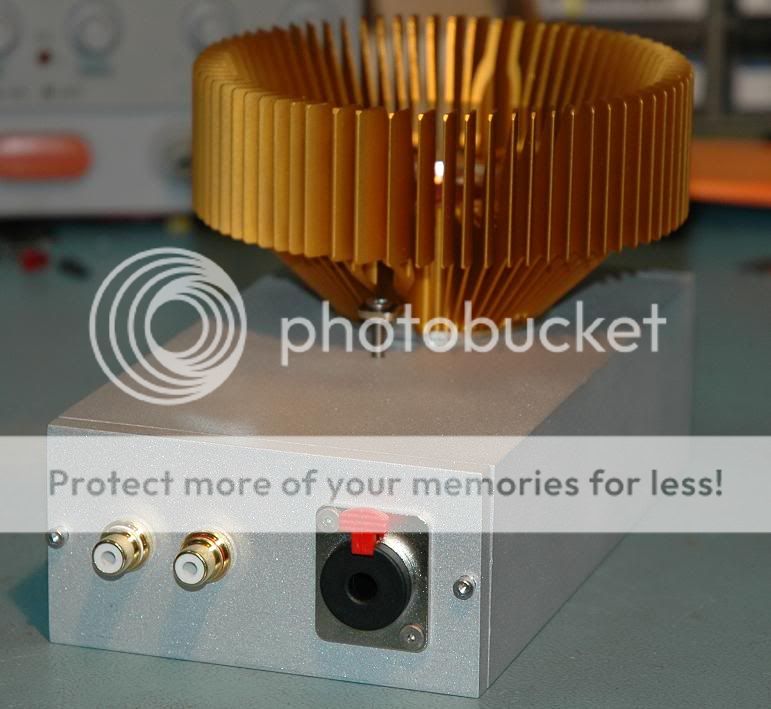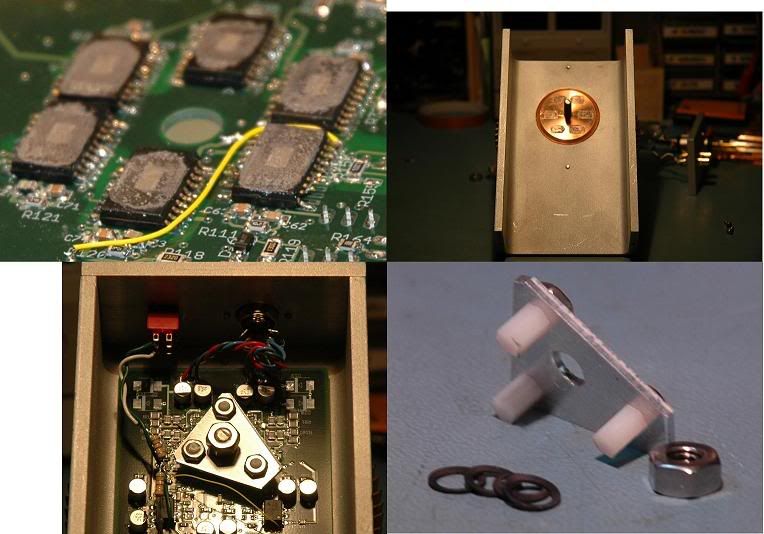Qsilver2001
100+ Head-Fier
- Joined
- Feb 10, 2006
- Posts
- 139
- Likes
- 10
quicksilver96
Any difference for C4 with solen?
Any difference for C4 with solen?












| Originally Posted by robzy Wow mb3k, that really has come out looking very elegant. However, you might want to check into the PCM2702 datasheet as it states the max voltage being 5.5v. Rob. |

| Originally Posted by doobooloo Perhaps mb3k is going to use the onboard regulator to step down the voltage a bit further to around 5.3v? Just a speculation... 
|
| Originally Posted by robzy In which case - that would make a lot of sense Rob. |
| Originally Posted by doobooloo Perhaps mb3k is going to use the onboard regulator to step down the voltage a bit further to around 5.3v? Just a speculation... 
|
| Originally Posted by jcx As seen at the NYC National meet http://www6.head-fi.org/forums/showthread.php?p=2082883 photos prompted by yet another thread saying it couldn’t be done – Class A Op Amp Headphone Amp - not the “usual Class A op amp bias with a Buffer” but Full Output Swing Class A Bias from Op Amps http://www6.head-fi.org/forums/showthread.php?t=190991 OK a little “moonlite” photo session at work: 

The heat sink is a Zalman Golden Orb II, drilled and tapped for a ¼-20 ss socket head screw which protrudes from the center of the Cu slug bottom and to which the pcb carrying the TPA6120s is clamped The 6 TPA prints of Artic Silver are visible on the Cu slug of the Zalman The Al tripod has nylon pcb standoffs cut down to press on the pcb – the conical spring washers maintain clamping force The TPA6120 op amps were laid down belly up on the pcb and each leg was bent down and soldered (how? – very carefully, with the aid of optics) – You can see I didn’t bother to bend down all of the legs – some are not connected internally in the TPA The pcb turned out to be flat enough that even with the 6 packages there was only a few mil of unevenness – plenty small enough gap given the Artic Silver thermal conductivity (don’t get it on the circuitry – not formulated as a electrical conductor it still can be a problem) I’m sure there are simpler solutions possible but I wanted a “universal” proto amp +/-24 V swing for Hi Z cans and +/-440 mA pk Class A for Lo Z cans – these #s give ~ 25 W total power dissipation in Class A for the 2 channels/6 TPA6120s [heatsink discussion in "AD8397-class A?" DIY thread] |





